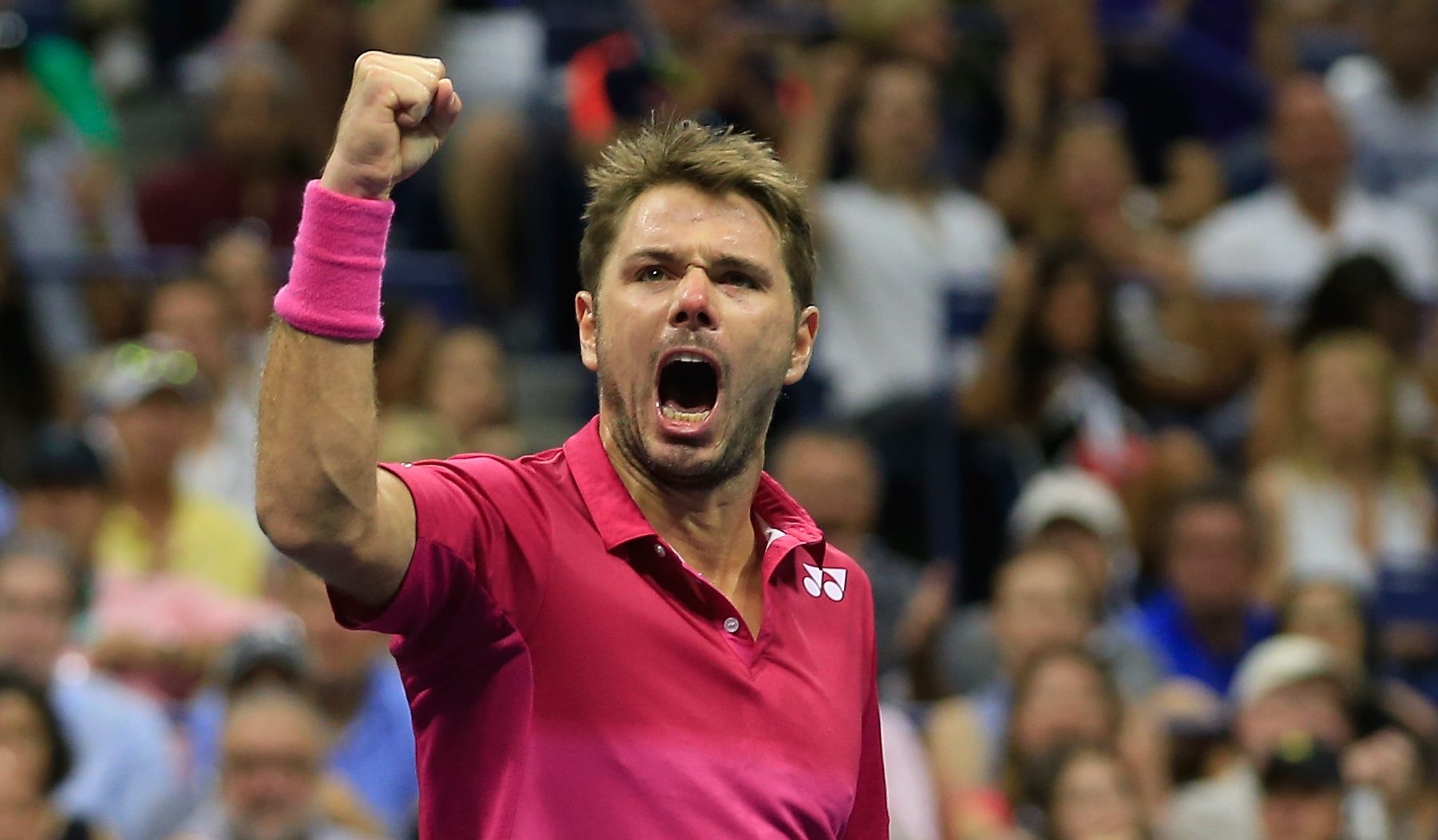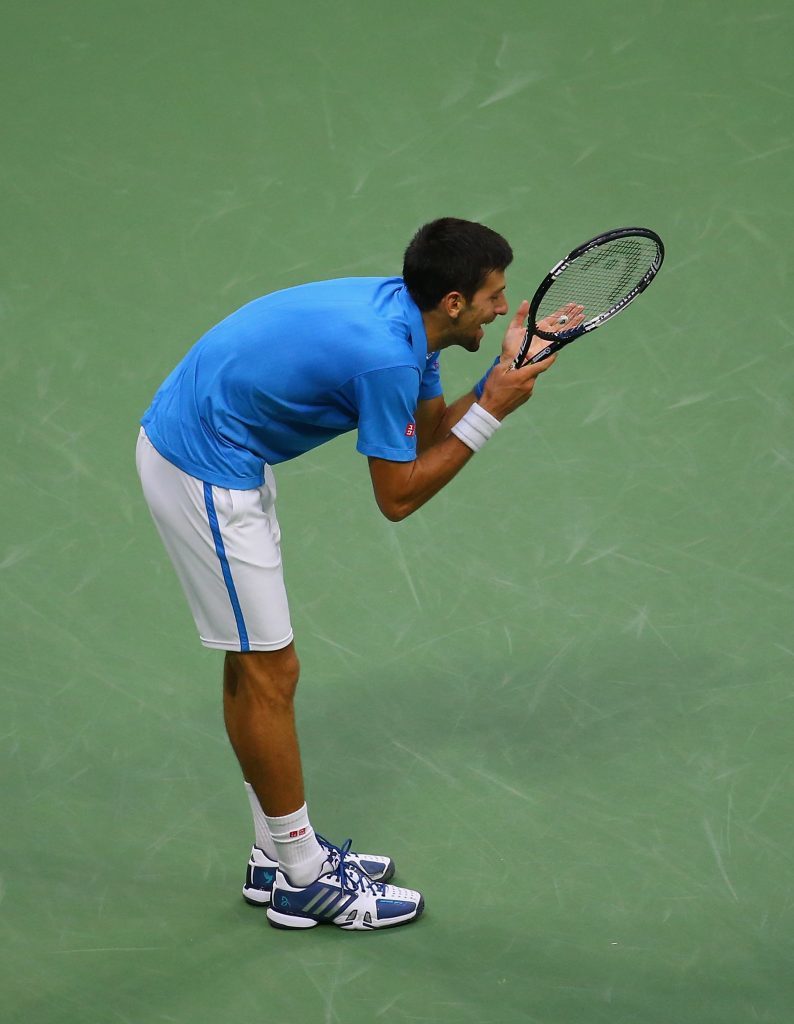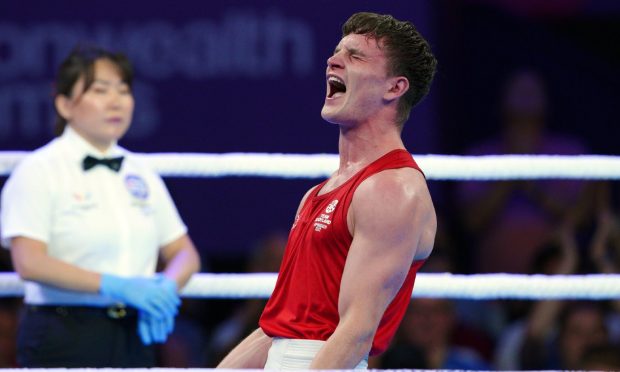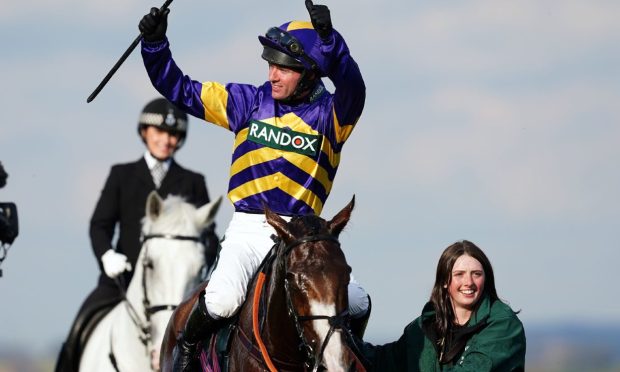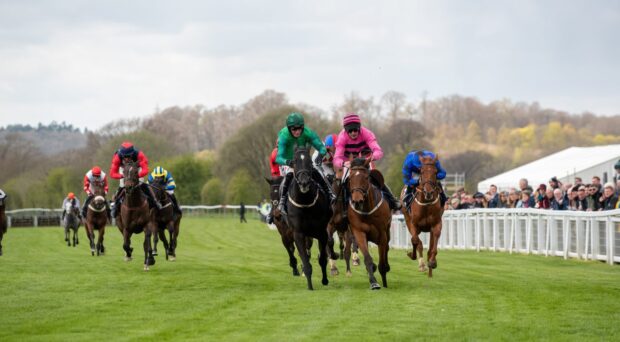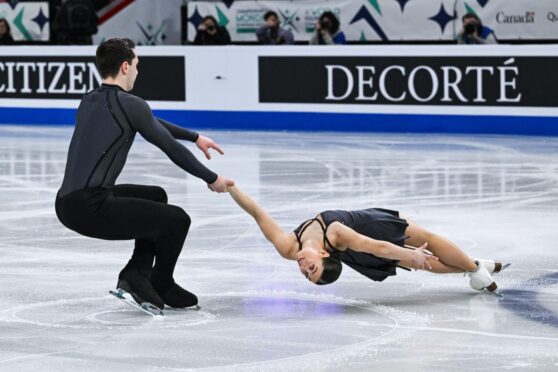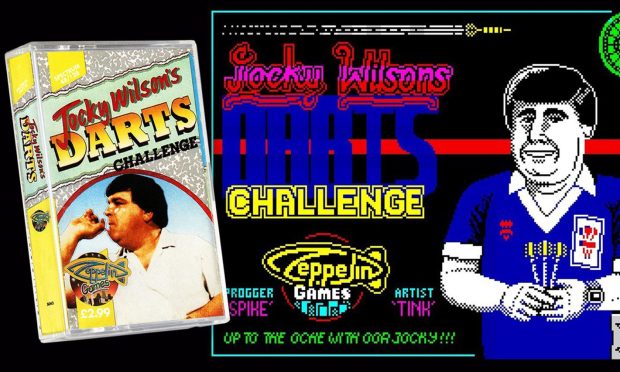Stan Wawrinka has revealed he was crying with nerves only five minutes before he demolished Novak Djokovic to win the US Open.
Wawrinka had out-powered Djokovic in the French Open final last year and he pulled off a similar display of destruction at Flushing Meadows to win 6-7 (1/7) 6-4 7-5 6-3.
The Swiss was match-point down here to Britain’s Dan Evans in round three but he now has three grand slam titles to his name after first winning at the Australian Open in 2014.
Wawrinka’s masterclass in aggression, however, was at odds with his pre-match nerves, when the 31-year-old said he broke down in tears while speaking with his coach Magnus Norman.
“Before the final I was really nervous like never before. I was shaking in the locker-room,” Wawrinka said.
“When we start talking five minutes before the match, last few things with Magnus, I start to cry. I was completely shaking.
“But the only thing I was convinced with myself was that my game was there. Physically I was there. My game was there. Just put the fight on the court and you will have a chance to win.
“And that’s what happened, after a few games when I start to believe in myself, I start to be in the match. I had to put my s*** together. Sorry, that’s how I say it.”
Wawrinka becomes only the fifth man in the Open era to win more than one major tournament after turning 30, following Rod Laver, Ken Rosewall, Andre Agassi and Jimmy Connors in achieving the feat.
He showed few signs of physical weakness in Arthur Ashe Stadium, however, outlasting Djokovic, whose body broke down in the latter stages.
“Honestly after the match I was completely empty. I put everything on the court,” Wawrinka said.
“Today I was trying to stay with him. I was trying to be tough with myself, trying not to show anything, not to show any pain, not to show any cramp. Not to show anything.
“I was feeling the cramp coming in the third set. In the fourth set I had some pain, but most important was what was clear with Magnus before was not to show anything.
“Give everything and keep fighting and go try to win it.”
Djokovic has been struggling with wrist and elbow problems in New York but it was bleeding toes that caused him to take a controversial medical time-out in the fourth set.
Wawrinka was up a break and 3-1 when umpire Ali Nili allowed Djokovic to take the six-minute break, even though rules state time-outs can only be taken at that point if there is an ‘acute medical condition’.
Nili’s decision angered Wawrinka, whose momentum in the match was at stake, but the world number three insists he only wanted clarification of the regulations.
“I just wanted to know exactly what the rule is,” Wawrinka said. “That’s it. If your opponent is struggling, if he has blood coming out, you have to stop.”
Djokovic was asked if he felt the time-out had been fair on Wawrinka. “I was allowed, so I took it,” Djokovic said. “Was it an acute medical condition? It was.”
The world number one also suggested the injury to his left wrist had almost caused him to withdraw before the tournament had started.
“I really didn’t know whether or not I’m going to come, to be honest,” he said. “I decided like eight, nine days before the start of the Open just to try so to play finals, it’s quite amazing.”
Despite Djokovic’s physical issues, Wawrinka was a convincing champion. He hit 46 winners, broke Djokovic’s serve six times and became the first ever player to beat the top seed at the US Open after losing the first set.
Djokovic, who was denied a 13th grand slam title, was by contrast unusually wasteful, with his 14 squandered break points ultimately decisive.
“I just didn’t capitalise at all on my opportunities,” Djokovic said. “I had plenty of them, break points. It was a terrible conversion of the break points. Just terrible from my side.
“In the matches like this, if you don’t use the opportunities, the other guy comes and takes it and that’s what he did.”
